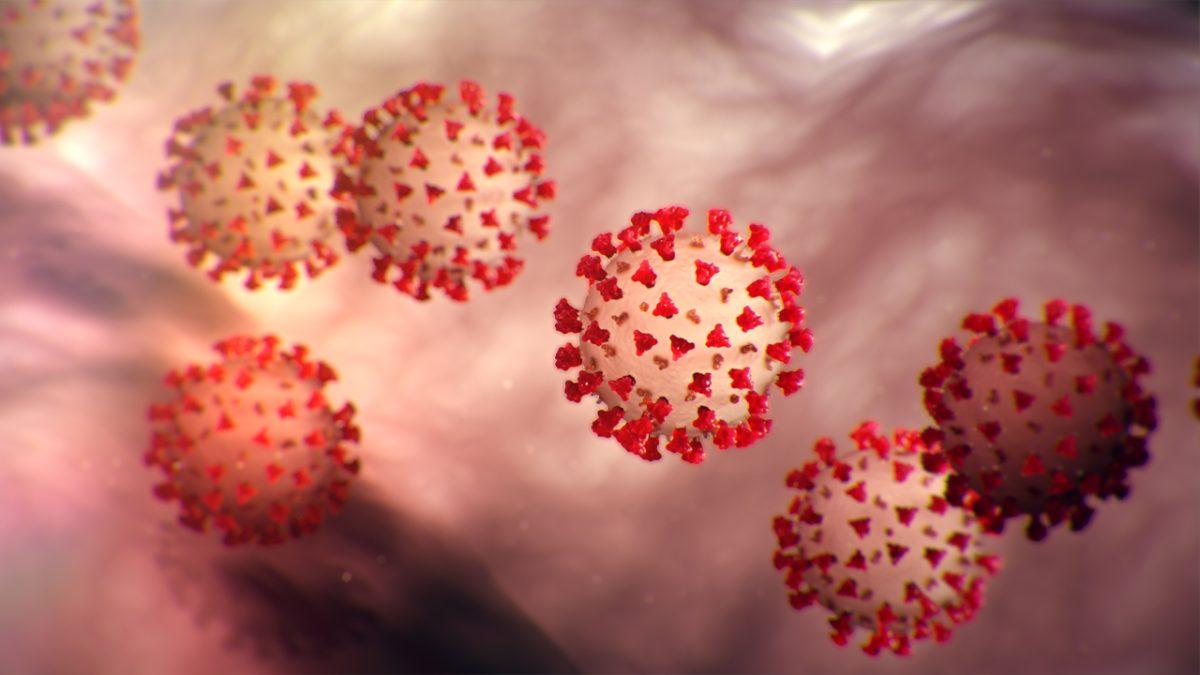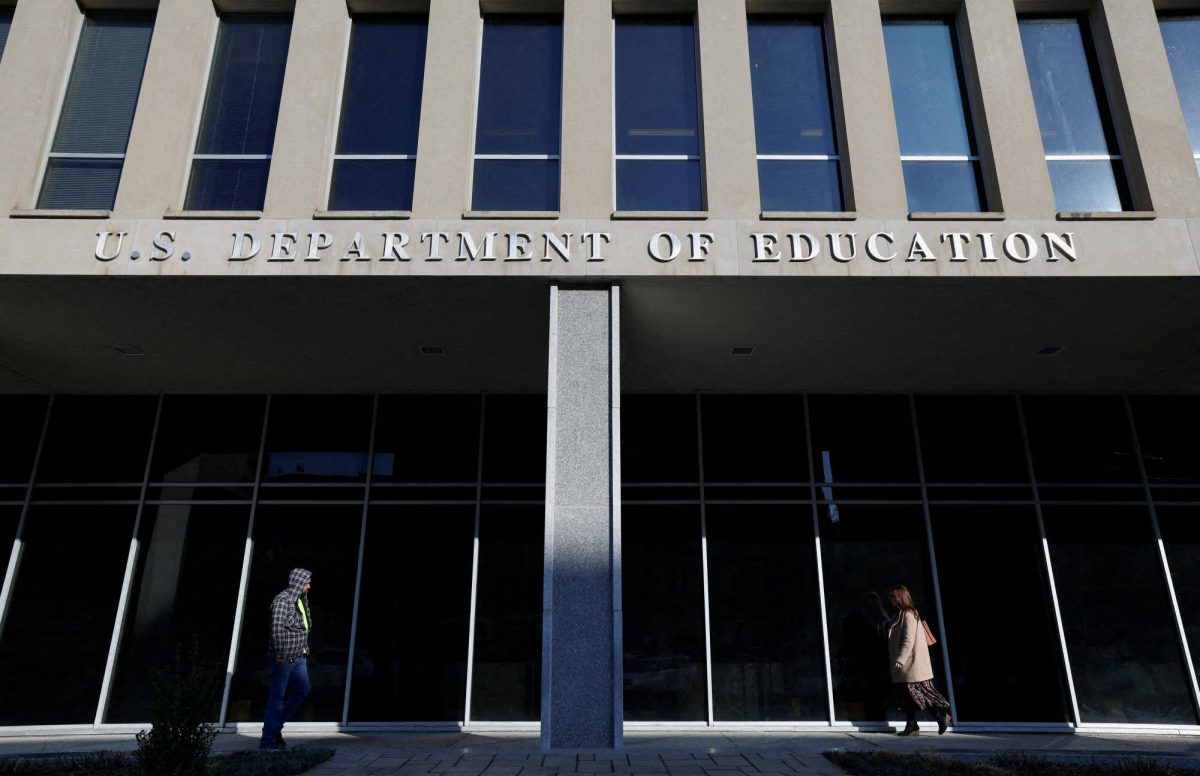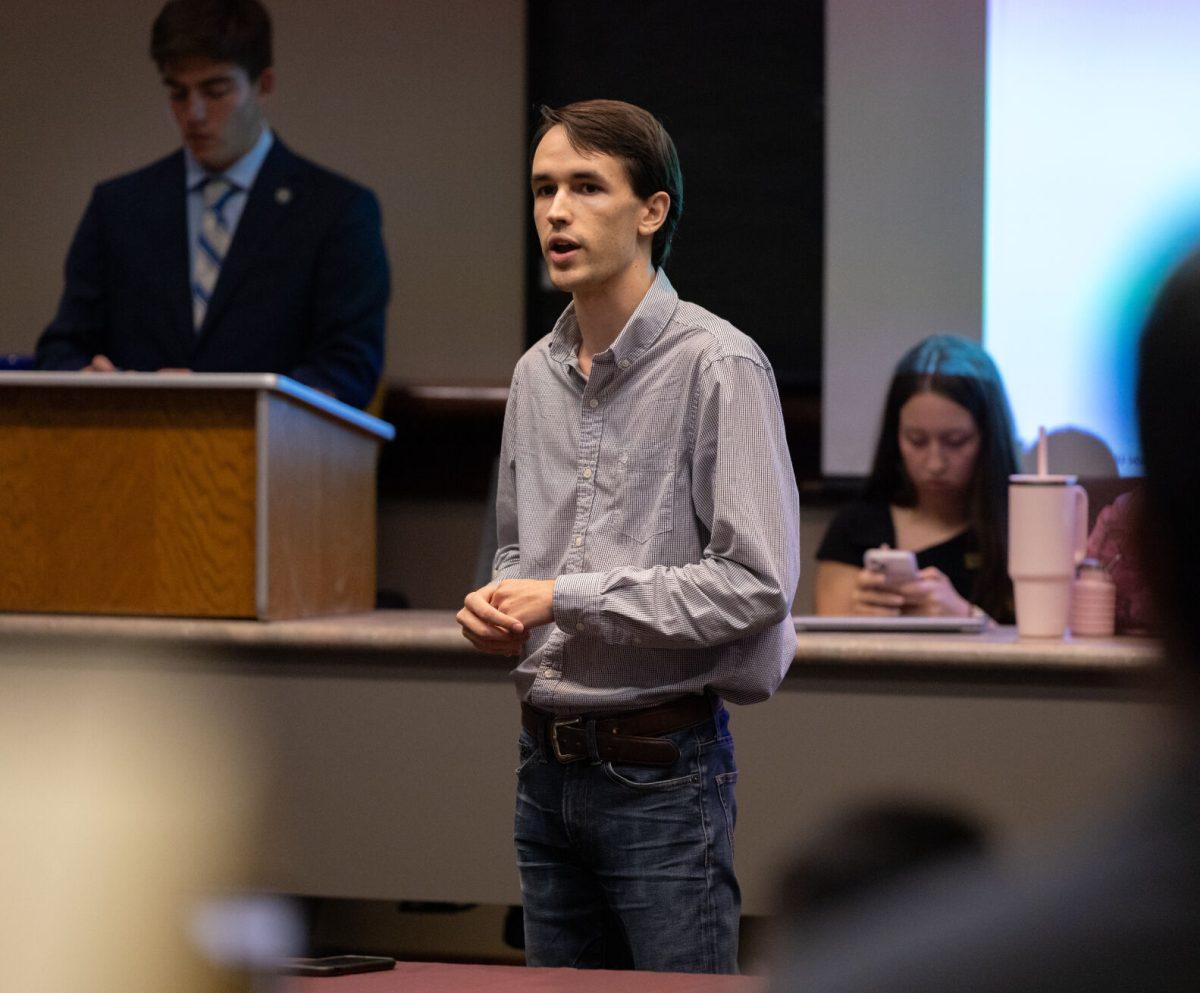As the COVID-19 pandemic continues, scientists have begun to see multiple strains of the coronavirus emerging.
The B.1.1.7 strain originated in the U.K., and has quickly become a more prominent strain of the coronavirus than COVID-19 in the country. According to the CDC, the B.1.1.7 variant has now been seen in the U.S. and has the potential to become the dominant strain by March due to it being more transmissible. Director of the M.D. and Ph.D. program in Texas A&M’s College of Medicine Dr. Julian Leibowitz said this is due to a change in the spike protein of the virus.
“It has a number of mutations that seem to affect the flexibility of the spike protein, and people believe that it is to be more efficient at infecting cells probably because it is more efficient at changing the overall confirmation of the spike protein,” Leibowitz said. “It obviously has a selective advantage over the previous viruses because it has become the predominant virus over a short period of time.”
Dean of the School of Public Health Shawn Gibbs said with the virus becoming more transmissible, it is now more important than ever to physically distance. Gibbs also advises the public to continue to mask up, wash one’s hands regularly and avoid eating or drinking with those not living in one’s household in closed, indoor environments.
“If more people can be infected that is something of concern for us,” Gibbs said. “We are early, so we don’t know for sure but what I’m reading and everyone that I am talking to, everything that we are telling everyone to do for the original strand of the virus works for this one as well.”
Director for the Center for Airborne Pathogens Research and Imaging Jeffrey Cirillo said there are multiple studies looking at data of the B.1.1.7 strand in the U.K., specifically, its death rate. According to this data, the death rate is higher than other strands, which could be due to case numbers being so high that hospitals are overwhelmed.
“Right now I would say there is a majority of people, around 60 percent, that are being careful, but it needs to be more like 95 percent,” Cirillo said. “To prevent that strain from becoming that dominant strand over time we’re going to need some major difference in our behavior and how quickly we are distributing the vaccine.”
As for the vaccine, Gibbs said it should still be effective when it comes to this variant of the coronavirus, and people should still focus on getting the vaccine when it is available to them.
“What I am worried about right now is getting vaccines to people,” Gibbs said. “I am hoping that we can ramp up nationally the vaccine supply and start getting [it] out there because I am worried that people in the student demographic aren’t going to be able to get this till mid- or late-summer.”
Cirillo said it is still important to continue to follow all safety precautions including masking, social distancing and avoiding large gatherings to slow the spread of the virus.
“Do what you are doing, but do it five times more careful[ly],” Cirillo said. “I find very few people that are being careful enough from this highly transmissible strain. A lot of what we have been doing has been right, but it’s going to come down to not making any mistakes.”
A&M professors discuss B.1.1.7. coronavirus strain
January 28, 2021
Photo by via cdc.gov
The B.1.1.7 strain was first found in the U.K. but has now been found in the U.S.
0
Donate to The Battalion
$1965
$5000
Contributed
Our Goal
Your donation will support the student journalists of Texas A&M University - College Station. Your contribution will allow us to purchase equipment and cover our annual website hosting costs, in addition to paying freelance staffers for their work, travel costs for coverage and more!
More to Discover










